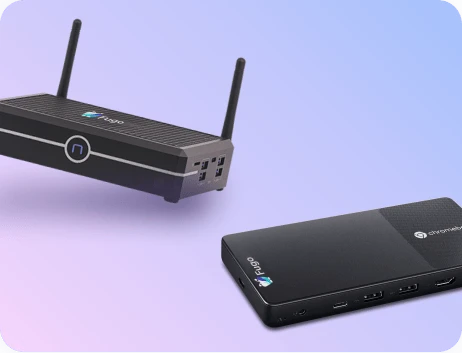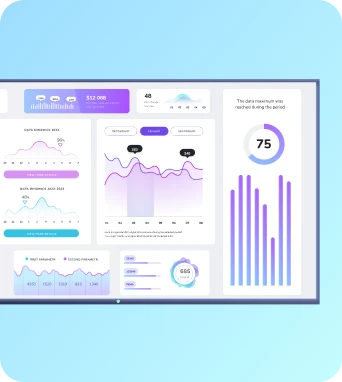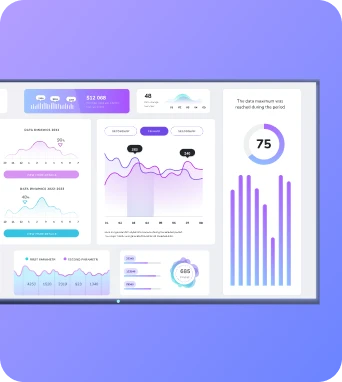API integration (for signage)
API integration (for signage) is the programmatic connection between a digital signage platform and external systems, enabling automated content, data feeds, device control, and status reporting. It uses standard web APIs, webhooks, or SDKs to push JSON payloads, pull data, and synchronise playlists and player configurations across a signage estate.
What is API integration (for signage)?
Technical design patterns for signage API integration
A robust technical approach to API integration for signage starts with choosing the correct communication paradigm between the signage platform, content sources and the players. Common patterns include polling, where a player or middleware periodically requests data from an API; webhooks, where changes are pushed immediately from a source to the signage server; and direct render APIs or SDKs that allow a player to fetch structured content and rendering instructions. For example, a retail chain might use a webhook to notify the signage server of a price change, sending a JSON payload such as {"sku":"12345","price":9.99,"timestamp":"2025-02-10T09:12:00Z"}, and the signage system then maps that payload to a templated asset and pushes an updated playlist to players in affected stores. Choosing between polling and pushing depends on latency requirements, network reliability and rate limits of third-party services. Authentication and authorisation are critical for security and operational control. API keys are simple to implement and suitable for server-to-server calls, while OAuth 2.0 provides finer-grained scopes and delegated access when integrating with user-centric services such as calendar and messaging platforms. Practical signage integrations often use signed webhooks to verify the origin of incoming requests, and TLS for all transport. To optimise performance, integrations should favour delta updates and sparse payloads instead of re-sending entire playlists; a PATCH-style endpoint that accepts minimal changes helps reduce bandwidth and accelerates player synchronisation. On the player side, a lightweight local cache and content integrity checks (for example SHA256 hashes in metadata) make sure playback continues during intermittent connectivity, while the server tracks delivery and confirmations through acknowledgement endpoints to present accurate device state in dashboards. Data modelling also matters: treat assets, playlists, schedules and devices as distinct entities with stable identifiers to avoid duplication and race conditions. Use idempotent API endpoints so repeated requests yield the same state, and version your API contracts to allow clients to migrate gracefully. Where templating is used, keep templates shallow and delegate heavy rendering to the player if it supports hardware-accelerated layouts; for instance, instruct players to replace placeholders like {{product_name}} with values from an incoming feed rather than sending pre-rendered video for every small change. These design choices reduce load on servers, shorten update cycles, and help signage networks scale from a handful of displays to thousands without a proportional increase in operational complexity.
Deploying and operating API integrations in real-world signage estates
Deploying API integrations across a signage estate requires practical steps that bridge development and operations. Begin with a small pilot that integrates a single, well-bounded data source — a live sales feed, a calendar service for room booking, or an incident alert stream — and connect it to a subset of players. Use the pilot to validate payload formats, latency expectations and failure modes, and to exercise error handling such as retries and backoff strategies. In production, incorporate a staging environment for integration testing where payloads can be simulated without impacting live displays, and instrument all endpoints with request tracing to speed up debugging when messages are delayed or malformed. Common pitfalls include brittle data schemas, inadequate rate limiting, and assumptions about network reliability. Many third-party APIs impose rate limits that, if ignored, will result in throttling and missed updates; mitigate this by consolidating requests through middleware that aggregates changes and respects provider quotas. Network constraints are another frequent challenge for remote or mobile displays: implement resumable downloads, incremental content updates, and graceful degradation so a player can continue playing cached assets while waiting for fresh content. Monitoring and observability are essential operational pieces: centralise logs, track metrics such as time-to-propagation (how long from data change to on-screen update), API error rates, and player sync status, and configure alerts for anomalies like repeated authentication failures or sudden spikes in failed downloads. Optimisation is ongoing. Use content delivery networks for large media, compress JSON payloads where appropriate, and implement conditional GET semantics or ETag checking to avoid sending unchanged content. For integrations with platforms like Fugo.ai, leverage built-in scheduling and device grouping APIs to minimise the number of individual device operations; update the playlist at the group level instead of addressing every player separately. Finally, define operational runbooks for common scenarios — how to roll back a problematic feed, how to isolate a misbehaving player, and how to rotate credentials — so that network managers and IT admins can respond quickly without impacting business-critical displays.
Final Thoughts on API integration (for signage)
Keep the learning going...
Anti-glare coatings
Anti-glare coatings are thin surface treatments applied to display glass or acrylic that diffuse specular reflections and reduce visible glare. In digital signage they improve legibility, contrast and colour fidelity in bright or mixed lighting, helping TV dashboards and workplace displays remain readable from multiple viewing angles and under ambient light.
API-based content triggers
API-based content triggers are automated signals sent to a digital signage platform that instruct players or dashboards to fetch, update, or replace content. They use webhooks, REST APIs or GraphQL endpoints to translate external events and data into immediate, contextual changes on displays across signage networks and workplace dashboards.
AR (Augmented Reality) signage
AR (Augmented Reality) signage uses camera input, spatial tracking and computer vision to overlay digital content onto physical displays or the surrounding environment, producing contextual, interactive layers. It enhances TV dashboards and workplace screens with dynamic, data-driven overlays and experiential touchpoints that integrate into content management systems such as Fugo.ai.



